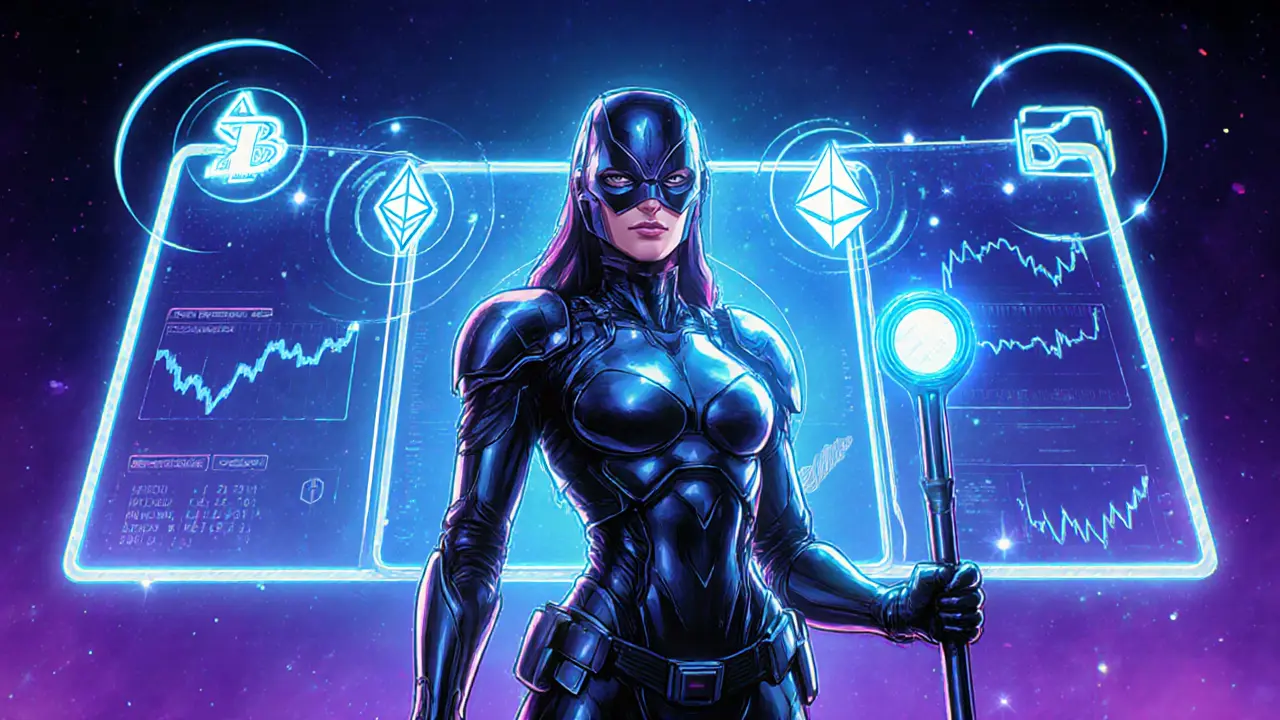When working with ADEN fees, the charges applied to moves on the ADEN blockchain, typically expressed in ADEN tokens or a stable‑coin equivalent. Also known as ADEN transaction costs, they affect every swap, transfer, or smart‑contract call you make. Knowing how these fees are calculated helps you keep more of your crypto and avoid surprise expenses.
ADEN fees sit inside a larger ecosystem of decentralized exchange, platforms that let you trade directly from your wallet without a central authority (DEX). A DEX determines the base fee, then the ADEN network adds its own blockchain fee, the cost to miners or validators for confirming a transaction. Together they form the total amount you see on the screen before you hit confirm. Because fees are a function of network activity, they rise when traffic spikes and drop during quiet periods.
First, the gas price you set influences the fee amount. Higher gas means faster confirmation but also a bigger cost. Second, the size of the transaction—swapping a token, adding liquidity, or executing a complex smart contract—adds complexity, which the protocol translates into a higher fee multiplier. Third, the market band, a range that DexBand shows to indicate typical price movement and volatility for ADEN can nudge fee expectations; during high volatility, the network often raises fees to protect against spam attacks.
Understanding these elements lets you plan smarter. For example, if you notice the market band widening, you might wait for the next low‑traffic window or use a DEX that offers fee rebates for bulk orders. Likewise, some platforms let you stake ADEN to earn fee discounts—an incentive that aligns user loyalty with lower transaction costs.
Finally, fee transparency matters. DexBand provides a real‑time fee tracker that shows the current ADEN fee, the average for the past hour, and historical trends. By comparing that data with other chains, you can decide whether to route a trade through ADEN or a cheaper alternative. This kind of side‑by‑side comparison is essential for anyone who trades regularly, whether you’re a casual hobbyist or a professional trader.
Below you’ll find a curated list of articles that dive deeper into each of these topics—exchange fee structures, DCA strategies, modular blockchain design, and more. Use them to sharpen your fee‑management game and keep your crypto moves efficient.

An in‑depth 2025 review of ADEN crypto exchange covering fees, multi‑chain support, security, liquidity, and step‑by‑step guide for traders.